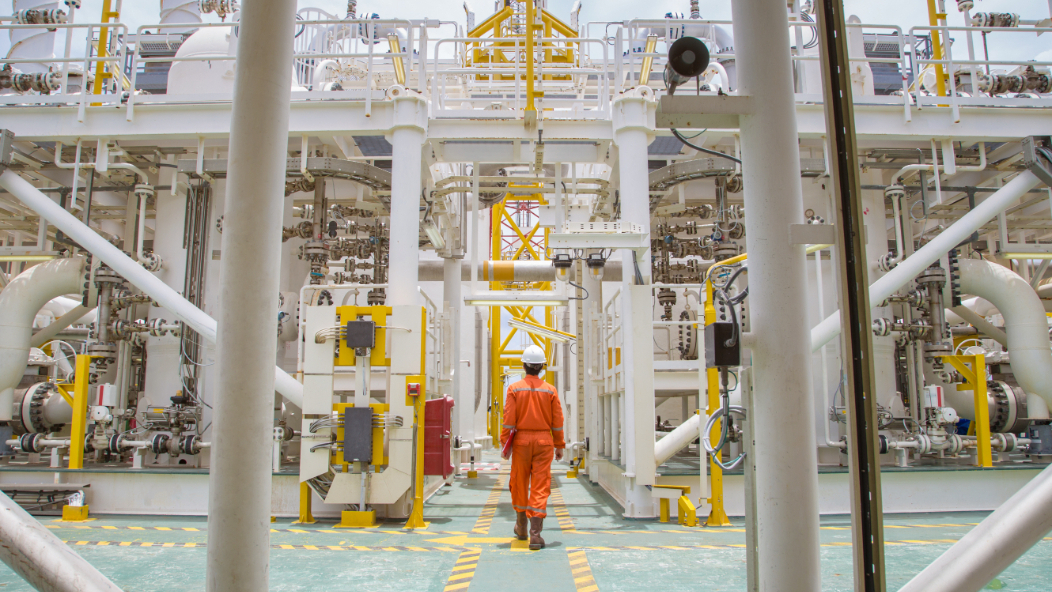
Indian state-run gas company GAIL targets net zero by 2040
The fossil fuels company is aiming for 100% reduction in Scopes 1 and 2 emissions while committing to renewables.
State-run Indian gas company GAIL is to target net-zero emissions by 2040, some 30 years faster than the country’s 2070 net-zero emissions target, chairman Manoj Jain announced at its annual general meeting.
Its target includes a 100% reduction in Scopes 1 and 2 emissions and a 35% reduction in Scope 3 emissions.
With interest across the natural gas value chain, GAIL owns and operates 14,488km of pipelines in India and has around 70% market share in gas transmission.
In a report by Asian Age, GAIL chairman Jain noted: “GAIL is committed to reduce its carbon footprint by diversifying into the renewable energy sector.
“Most companies, including IOC [the Indian Oil Corporation], have announced net-zero targets for Scope 1 and 2 emissions only. However, GAIL is taking steps to get a foothold in the transformational changes happening in the global energy sector.”
More recently, however, the company has been expanding its presence in renewable energy sources, including solar, wind and biofuel.
GAIL’s net-zero target was introduced without a vote at its AGM.
GAIL is taking steps to get a foothold in the transformational changes happening in the global energy sector.
A decisive AGM
In an amendment passed at the AGM, the company confirmed that as well as manufacturing and setting up wind and solar power plants. It is also looking at “round the clock” power generation through storage systems.
Furthermore, its ethanol-blended petrol programme will target 20% of ethanol blending in petrol by 2029-30.
GAIL is also looking at green hydrogen as a new business activity in line with the Indian government’s National Hydrogen Mission.
As of 31 March, GAIL had a total installed capacity of 131.75MW of alternative energy, including 117.95 MW in wind and 13.8 MW of solar energy projects.
Foreign institutional investors had a stake of 19.78% in the company (as of 30 June), which is majority owned by the Indian state. This includes companies such as Vanguard, Norges Bank and Franklin Templeton.
GAIL is one of the latest Indian companies to commit to net zero, with state-owned Bharat Petroleum and Hindustan Petroleum also targeting 2040.
Indian conglomerate Reliance Industries aims to achieve net zero by 2035.




